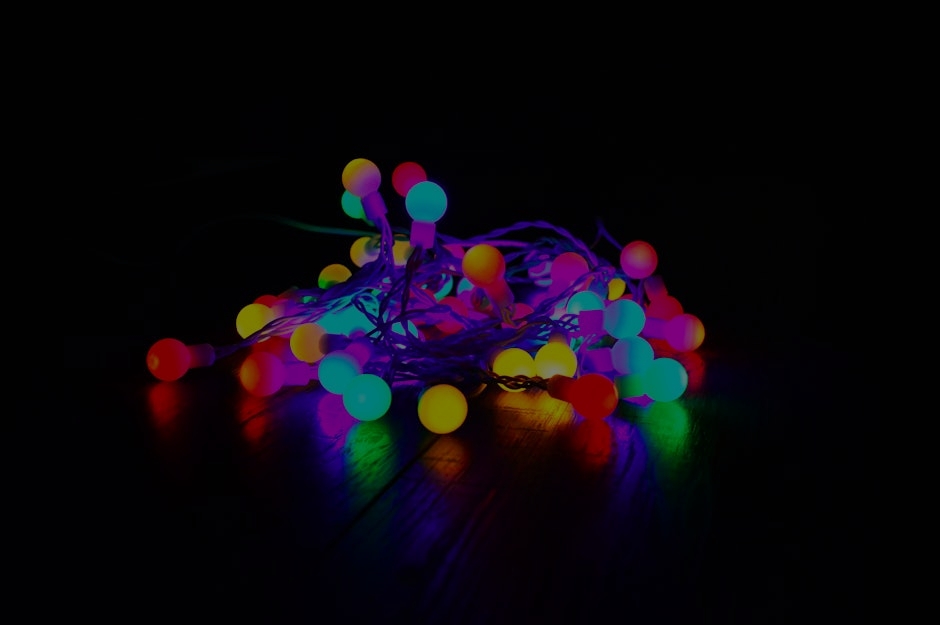**Abstract:** Discover how the colors in feng shui ornaments can significantly enhance your mood and energy levels. Explore the psychological impact of colors and their role in creating harmonious living spaces.
Understanding the Psychology of Color
Colors have a profound psychological impact on our emotions and behaviors. In feng shui, color is not just an aesthetic choice; it is a vital element that influences the energy flow in our surroundings. For instance, warm colors like red and orange can stimulate energy and excitement, while cooler tones like blue and green promote calmness and tranquility. By understanding the psychological effects of colors, you can select feng shui ornaments that resonate with your personal needs and enhance your living environment.
The Role of Color in Feng Shui
In feng shui, each color corresponds to specific elements and emotions. For example, red symbolizes passion and vitality, making it ideal for areas where you seek energy, like the living room. On the other hand, green represents growth and renewal, perfect for spaces dedicated to relaxation and reflection, such as bedrooms or meditation areas. By incorporating the right colors into your feng shui ornaments, you can create a balanced atmosphere that supports your emotional and spiritual well-being.
Selecting the Right Colors for Your Space
When choosing feng shui ornaments, consider the purpose of the room and the feelings you wish to evoke. If you aim to enhance creativity and productivity in your home office, incorporating vibrant yellows and oranges can invigorate the space. Conversely, if you’re looking to create a serene environment in your bedroom, soft blues and earthy tones can promote relaxation and restful sleep. Tailoring your color choices to your specific goals can significantly impact your mood and energy levels.
How Color Influences Energy Flow
Colors can also affect the energy flow, or “chi,” in your space. Bright, vibrant colors can uplift and energize, while muted shades can calm and center. For instance, a room adorned with bright red and yellow ornaments can create a lively atmosphere perfect for social gatherings, while a space decorated with soft greens and blues can foster a sense of peace and tranquility. Understanding how color influences energy flow allows you to strategically position feng shui ornaments to enhance the overall vibe of your home.
Real-Life Examples of Color Impact
Consider a family that recently redecorated their living room with blue and green feng shui ornaments. They reported feeling more relaxed and connected after spending time in the space. In contrast, another family that opted for bold reds and yellows in their dining area found that their mealtimes became more energetic and joyful. These examples illustrate how the thoughtful use of color in feng shui can lead to tangible improvements in mood and energy.
Creating a Cohesive Color Palette
To maximize the impact of color in your feng shui ornaments, aim for a cohesive color palette that harmonizes with your overall décor. This not only enhances the aesthetic appeal of your space but also ensures that the energy flow remains balanced. Use color theory principles to combine complementary shades that promote a sense of unity. For instance, pairing earthy browns with vibrant greens can create a grounded yet lively atmosphere, perfect for any living space.
Conclusion: Transform Your Space with Color
Incorporating color into your feng shui ornaments is a powerful way to enhance your mood and energy. By understanding the psychological effects of different colors and their role in energy flow, you can create a harmonious environment that reflects your personal style and emotional needs. Whether you seek tranquility, vitality, or creativity, the right colors can transform your space and elevate your daily experiences. Embrace the power of color and watch as your surroundings come to life with positive energy.










